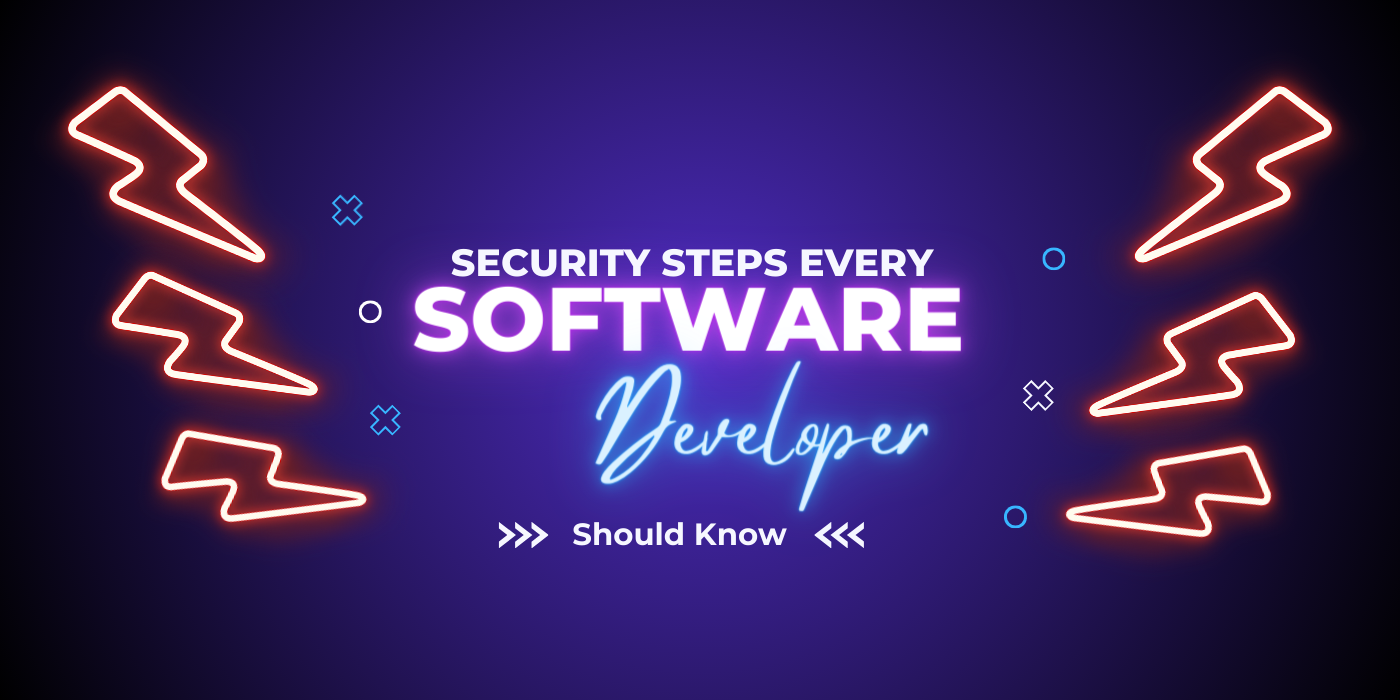In the current cyber climate, safeguarding software security is a supreme priority. Software developers play a crucial role in fortifying digital landscapes against potential vulnerabilities. Developers can contribute significantly to creating robust and resilient applications by adopting a proactive approach to software development services. This article explores critical security steps that every software developer should be well-versed in, reinforcing the foundation of secure software development.
Understanding the Threat Landscape:
Before delving into security measures, developers must comprehend the evolving threat landscape. Cybersecurity threats are diverse, ranging from malware attacks to data breaches. Acknowledging the potential risks empowers developers to make informed decisions when implementing security measures.
Implementing Secure Coding Practices:
Secure coding practices are the bedrock of secure software development. Developers should adhere to coding standards and guidelines that promote Security. Frequent code reviews and the utilization of static analysis tools are effective in the early detection and correction of security vulnerabilities within the development lifecycle.
Regular Software Updates and Patch Management:
Obsolete software provides a fertile environment for security vulnerabilities to thrive. Software developers should prioritize keeping their development tools, frameworks, and libraries up to date. Additionally, integrating a robust patch management system ensures that known vulnerabilities are promptly addressed.
Authentication and Authorization Controls:
Crafting a comprehensive and cautious defence, developers diligently deploy dual defences, implementing robust authentication and authorization measures and embracing multi-factor authentication and least privilege principles, thereby fortifying the fortress against unauthorized access.
Data Encryption:
Securing sensitive data is paramount. Developers must incorporate encryption techniques to protect data in transit and at rest. Utilizing robust encryption algorithms ensures the data remains indecipherable despite unauthorized access.
Input Validation:
One common avenue for attackers is through malicious input. Developers should implement stringent input validation checks to prevent common vulnerabilities like SQL injection and cross-site scripting. Validating and sanitizing user inputs before processing mitigates the risk of these attacks.
Security Testing:
Incorporating security scrutiny into the software development lifecycle is imperative. Regularly conducting vulnerability assessments, penetration testing, and code audits can help identify and eliminate potential security loopholes before deployment.
Incident Response Planning:
Despite the best preventive measures, systems are only partially immune to security incidents. Developers should have a well-defined incident response plan in place. This includes a clear roadmap for identifying, containing, eradicating, recovering, and learning from security incidents.
Collaboration with SEO Services, Web Agency, and Software Development Services:
Collaborating with SEO services, web agencies, and software development services is essential to ensure comprehensive Security. These entities expertly excel in diverse digital domains, delivering discerning details and dexterous dexterity to fortify the security stance of software systems.
Continuous Learning and Adaptation:
The cybersecurity sphere is ever-shifting, with fresh threats frequently surfacing. Developers delve into a dynamic dedication to continuous learning, keeping abreast of the latest security trends, tools, and top-tier practices. This proactive pursuit is paramount to prevailing against potential threats.
Security stands steadfast as a staple in the software development saga, not a second thought. Digital defenders, developers in collaboration with web agency, diligently fortify the digital domain against dynamic cyber dangers. By incorporating these security steps into their workflow, developers create robust, resilient, and secure software applications that meet the challenges of the modern digital landscape.






